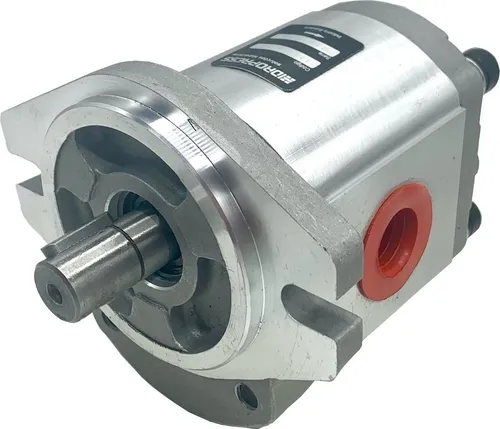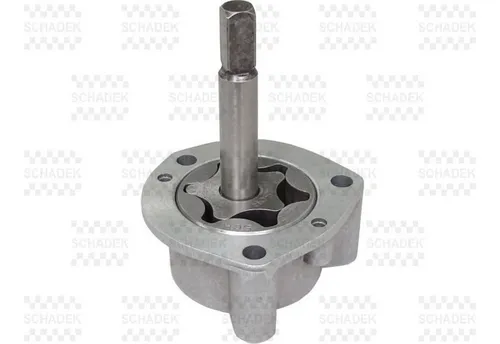Thursday 09:05, 08/12/2022
Well, as I said on the previous Project Log 12: hydraulic mechs are not viable.
The thing is that I calculated the hydraulic artificial muscle mech, not hydraulic cylinder mech.
THEREFORE, I will try again to calculate how much energy and hydraulic fluid all this mess would need.
I'm completely fine guys, I can do this, lesgooooo!

Like I said on Project Log 7, using 1-5 ton cheap hydraulic jacks can be a great option. These are small, light and I can modify them to receive external fluid.
However, I do have doubts about this.
For example, in the video it is said that his hydraulic jack can achieve 12000 PSI. And in order to achieve such high pressures, I would need a serious amount of power. Just like with the previous artificial muscle.
The thing is: even though one needs this amount of pressure, a hydraulic jack that achieves 12000 PSI can simply be used with a hand crank.
Do I really need a heavy duty electric motor tho?
This guy did exactly what I was thinking: putting an electric motor at the end of the crank of a hydraulic jack.
Okay, I finished watching the video and it takes a lot of time to lift that thing.
Still, since this generates 12000 PSI of pressure, it doesn't mean I would be able to power the mech?
hum... 🤔
Well, I don't know the answer to any of this, but I will try to calculate stuff with water instead of oil. Although I don't know how well the magnetic powder and/or magnetic liquid would change that.
One McKibben tube with 2 inches (5,08cm) diameter and 30 cm length would have 0.405 liters of volume and 0.40 kg of mass.
Since there is 10 to 50 groups of muscles for all the 72 groups, it would be 291.6 to 1458 liters of volume and 288 to 1440 kg of mass.
And since² one would have to inflate these muscles with 3 to 4 times the amount of liquid to increase the mas, it would be a total of 864 to 4320 kg of mass and 874.8 to 4374 liters of volume.
Now I get why everyone focuses more on pneumatic artificial muscles than hydraulic ones...
Well, I thought on trying a smaller pump with extra higher pressure so I could compensate for the flow, but these also have a liters per minute flow and it is around 0.8 and stuff like this.
This project is too complex for me. bruh
Whatever, I will try the electromagnetic actuators. No bad feelings.

Edit:
I'm with more energy now, so I will try again.
As said earlier on this stupid Project Log:
So in order to provide them with 3 times its initial volume, I would need 262.2 liters/second...

This is the oil pump I was talking about, the one that achieves maximum pressure of 0.8 MPa. I'm assuming it produces 0.8 MPa of pressure, not that it only holds to that amount of pressure. Who knows.
I tried the flow calculator again, and it said that it would produce 63 liters per second of flow, although in the description of the pump, it says it only produces 4.0 Liters per minute (0,07 L/s) of water (but it is a oil pump...?).

This means I would "only" need 4 to 5 of those per limb, even so I don't actually need to fully actuate all of them at once.
Which would use 1125 watts of power per hour (if I where to activate all of them at once.
Edit²:
It seems that the flow will increase a little bit from 63 to 98 liters per second if you decrease the pipe diameter to 10 mm.
So this means they are viable?

How my calculations always goes back and forth doing this kind of stupid stuff?
One time these say something, another time these say something completly different.
Edit²:
For some reason the electric oil/hydraulic pumps aren't appearing anymore, only the pump itself.
Not that this is bad, it is actually better.
After all, I will use electromagnetic oil (or Magnetorheological fluid), so keeping the pump too close to the electric motor would cause the fluid to change viscosity under the influences of the electromagnetic fields of the electric motor and cables.


Discussions
Become a Hackaday.io Member
Create an account to leave a comment. Already have an account? Log In.